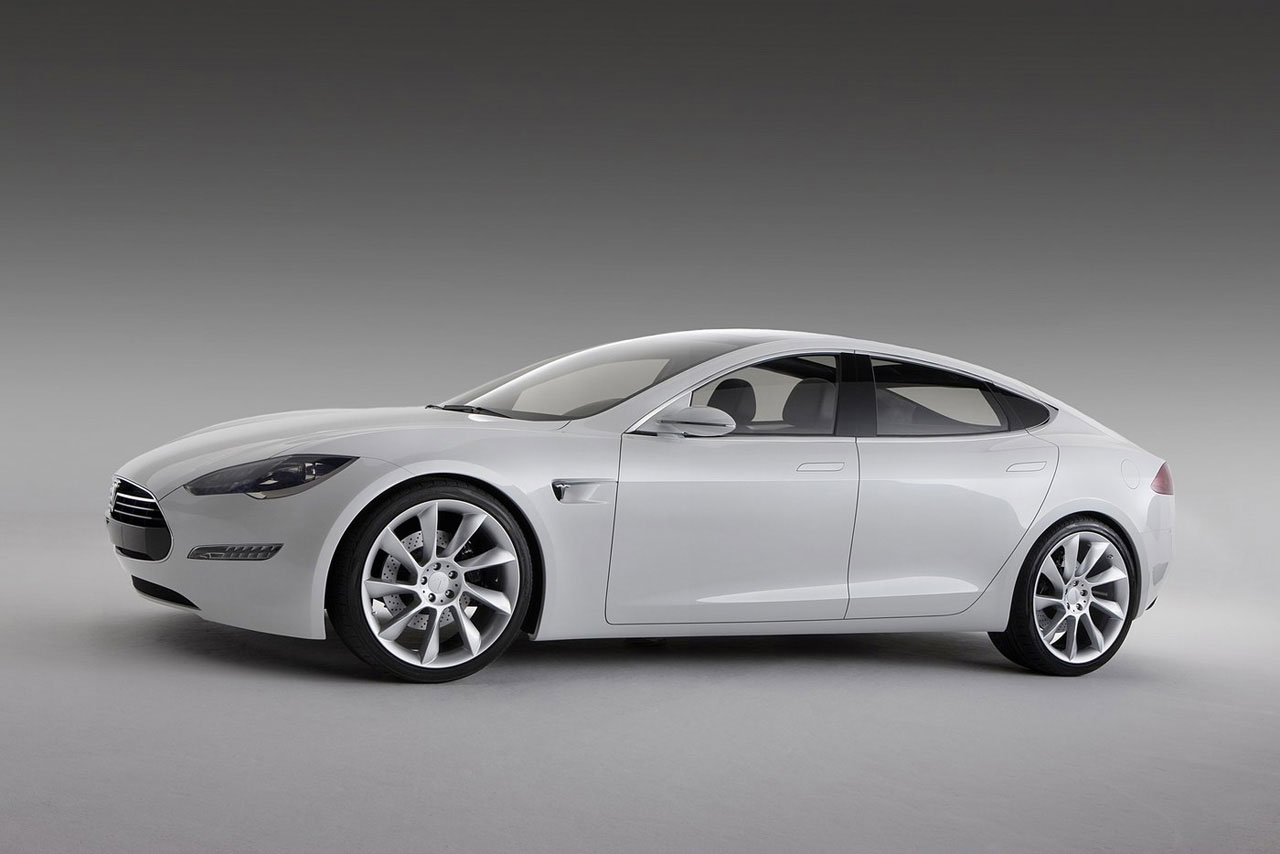Cars come in thousands of different models, each customized to be different colors, interior, etcetera. The most common thing each car has with one another is the need for gas in order for the car to be able to use. However, thanks to modern technology, not all car owners need to spend $60 a week at a gas station. Electric cars are the new and improved vehicle that will do so.
What are Electric Cars?
Electric cars are similar to every other car out there; they come in different styles and colors, are used for transportation, and you will need a driver’s license in order to operate it. The one major difference: they do not need gas. Electric cars are actually operated by a battery-powered engine, rather than frequent trips to the gas station. 
What Makes Electric Cars So Special?
Electric cars are battery-powered, which has many people confused about how a car can run on the power of a battery. These cars are charged simply by plugging in the wire to any wall outlet; much like how one may charge their laptop or cell phone. It is common for these car users to charge their car overnight when they are not needing to use their car. These cars are very helpful to the environment for the fact that they do not emit anything that could be harmful. They do not have a tailpipe, which means that there is no exhaust coming out of the car.
Tesla and Fisker Rivalry
Common car brands, such as Dodge, Subaru, and Ford are constantly battling to produce and sell the best of the best cars. Although electric cars are mostly seen as a thing for the future, the electric car companies have already begun to battle it out. Tesla and Fisker are the two electric car brands, and Fisker already had to stop production because of the rival brand. Thus putting Tesla in first place in the electric car world.
References:
http://thenewfisker.com/faq/
http://www.nytimes.com/2013/04/24/business/fisker-broke-down-on-the-road-to-electric-cars.html?pagewanted=all&_r=0
http://www.teslamotors.com/models/features#/environment
http://www.businessweek.com/articles/2013-05-08/a-tale-of-two-electric-car-makers-tesla-soars-fisker-flops


